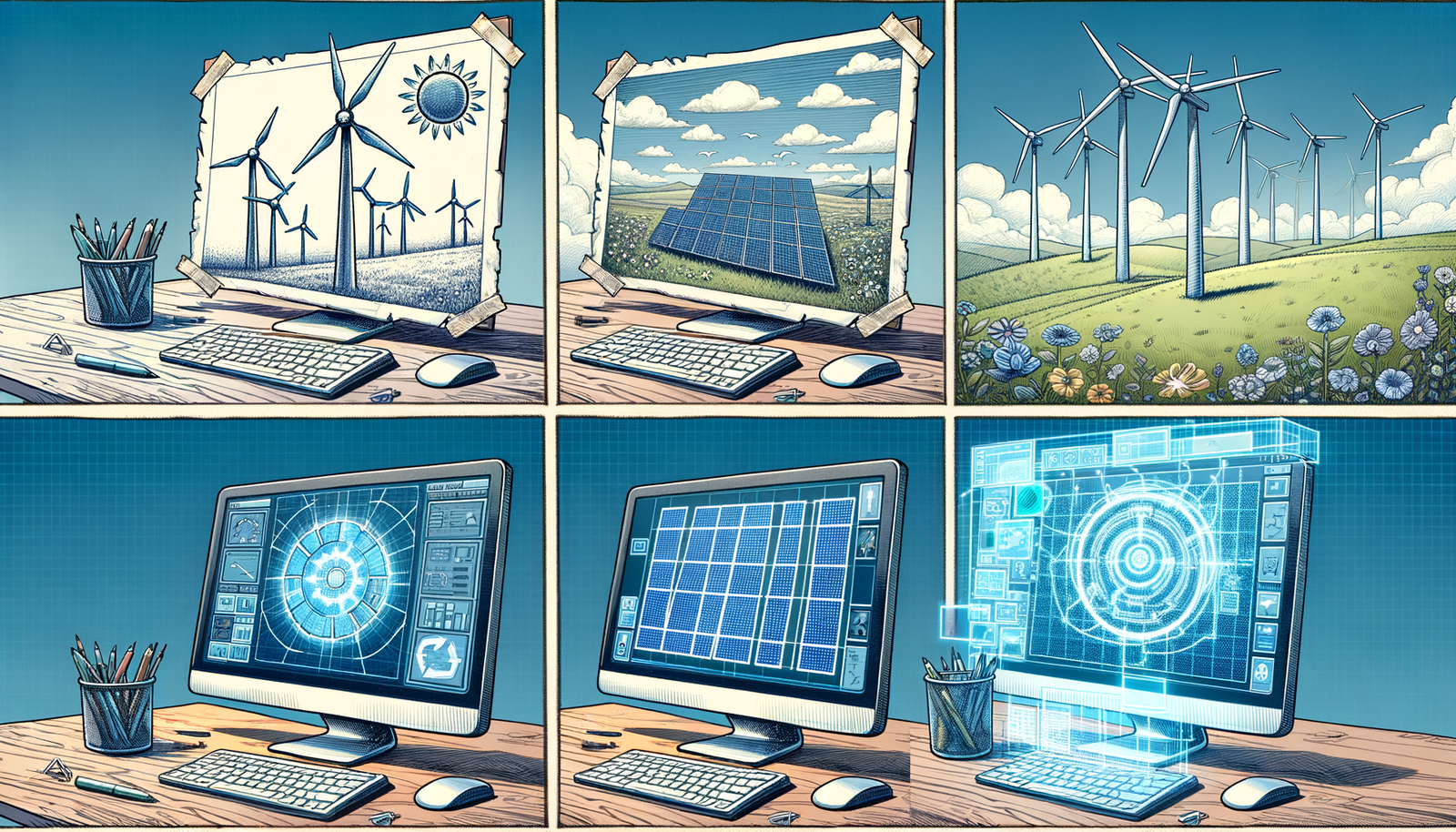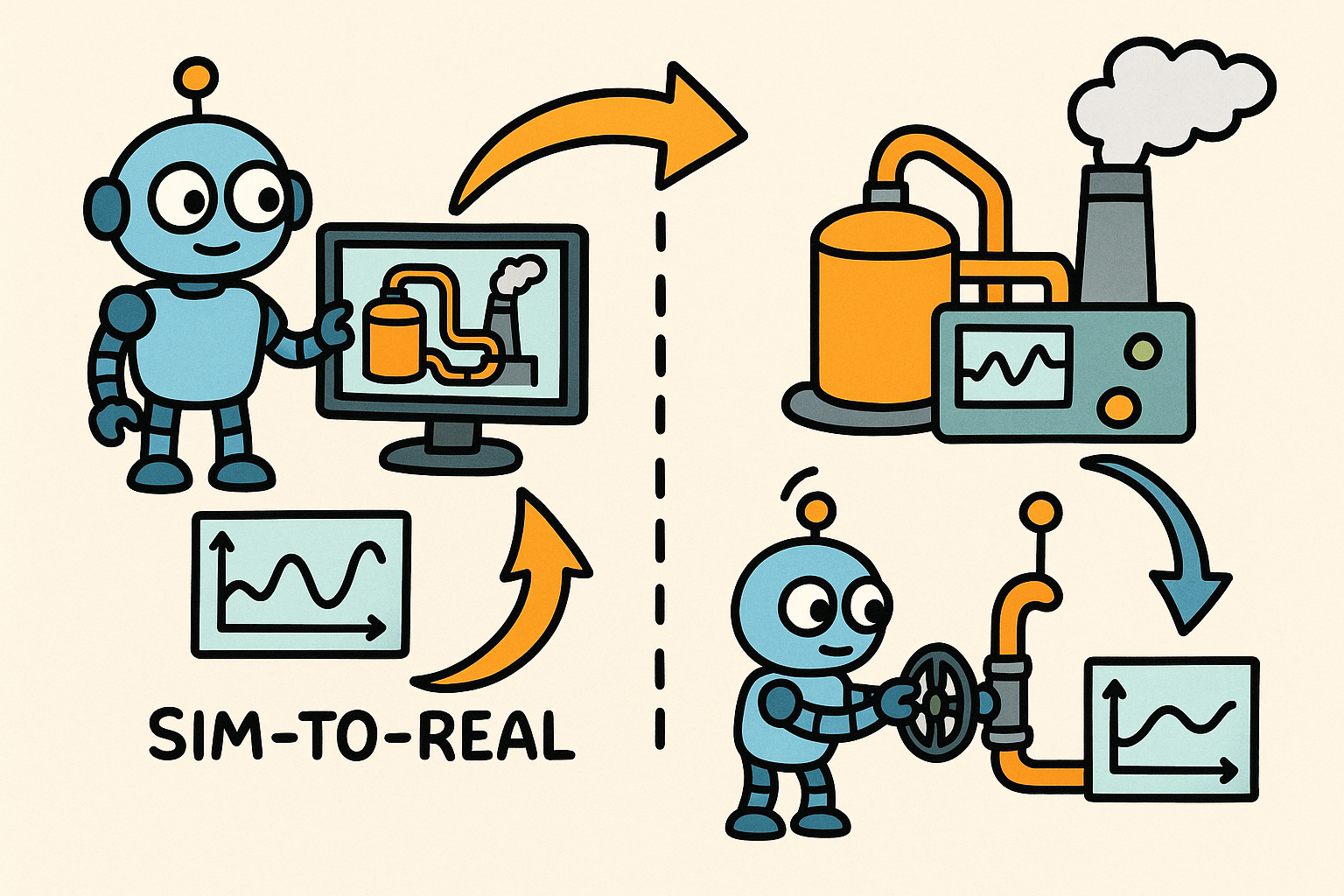Your Cart is Empty
Introduction
In an era where the urgency of environmental sustainability is paramount, renewable energy has emerged as a crucial pillar in the global effort to combat climate change. The shift from fossil fuels to renewable sources such as wind, solar, and hydropower is not just a trend but a necessity for ensuring a sustainable future. As nations and corporations alike pledge to reduce carbon emissions, the development and deployment of renewable energy technologies have accelerated. Amidst this transformation, the evolution of design software has played a pivotal role in advancing the capabilities and efficiencies of renewable energy systems. From the early days of rudimentary computer-aided design (CAD) applications to today's sophisticated simulation and optimization tools, design software has empowered engineers, architects, and researchers to conceive, refine, and implement renewable energy solutions with unprecedented precision and efficiency. This synergy between technological advancements in software and the renewable energy sector has not only enhanced the design and performance of renewable energy infrastructures but has also significantly reduced costs and implementation times. The objective of this article is to delve into the historical context of design software within the renewable energy industry, highlighting key software tools, their applications, and the profound impact they have had on accelerating renewable energy adoption worldwide. By exploring the milestones in software development, the contributions of influential companies and individuals, and the emerging trends shaping the future, we aim to underscore the indispensable role of design software in achieving global sustainability goals.
Historical Context and Evolution of Design Software for Renewable Energy
The integration of design software into the renewable energy sector dates back to the late 20th century when the need for precise engineering and optimization became evident in the development of renewable technologies. Early adoption of computer-aided design (CAD) tools revolutionized the way engineers approached the design and manufacturing of renewable energy components. Traditional drafting methods were time-consuming and prone to errors, whereas CAD software like AutoCAD, developed by Autodesk in 1982, offered a digital platform for creating detailed 2D and 3D models. This shift enabled engineers to experiment with innovative designs of wind turbine blades, solar panels, and hydropower systems with greater accuracy and efficiency. The ability to visualize and adjust designs in a virtual environment reduced the time from concept to production and minimized costly mistakes.
Simulation software also emerged as a critical tool, allowing for the modeling of complex physical phenomena inherent in renewable energy systems. For instance, finite element analysis (FEA) software provided insights into stress distributions and structural integrity, crucial for the development of large-scale wind turbines that could withstand harsh environmental conditions. Computational fluid dynamics (CFD) enabled the study of fluid interactions in wind and hydro turbines, leading to improved aerodynamic and hydrodynamic performance. Companies like Siemens began integrating simulation capabilities into their software solutions, enabling more robust and reliable renewable energy installations. These early developments set the stage for a deeper integration of software into the design processes, facilitating advances in both the efficiency and effectiveness of renewable energy technologies. The collaboration between software developers and the renewable energy sector catalyzed innovation, paving the way for more sophisticated tools that would continue to evolve in tandem with the industry's growing demands.
As the renewable energy sector matured, several key milestones marked the deepening integration of design software into its core processes. One significant milestone was the development of specialized software for wind







